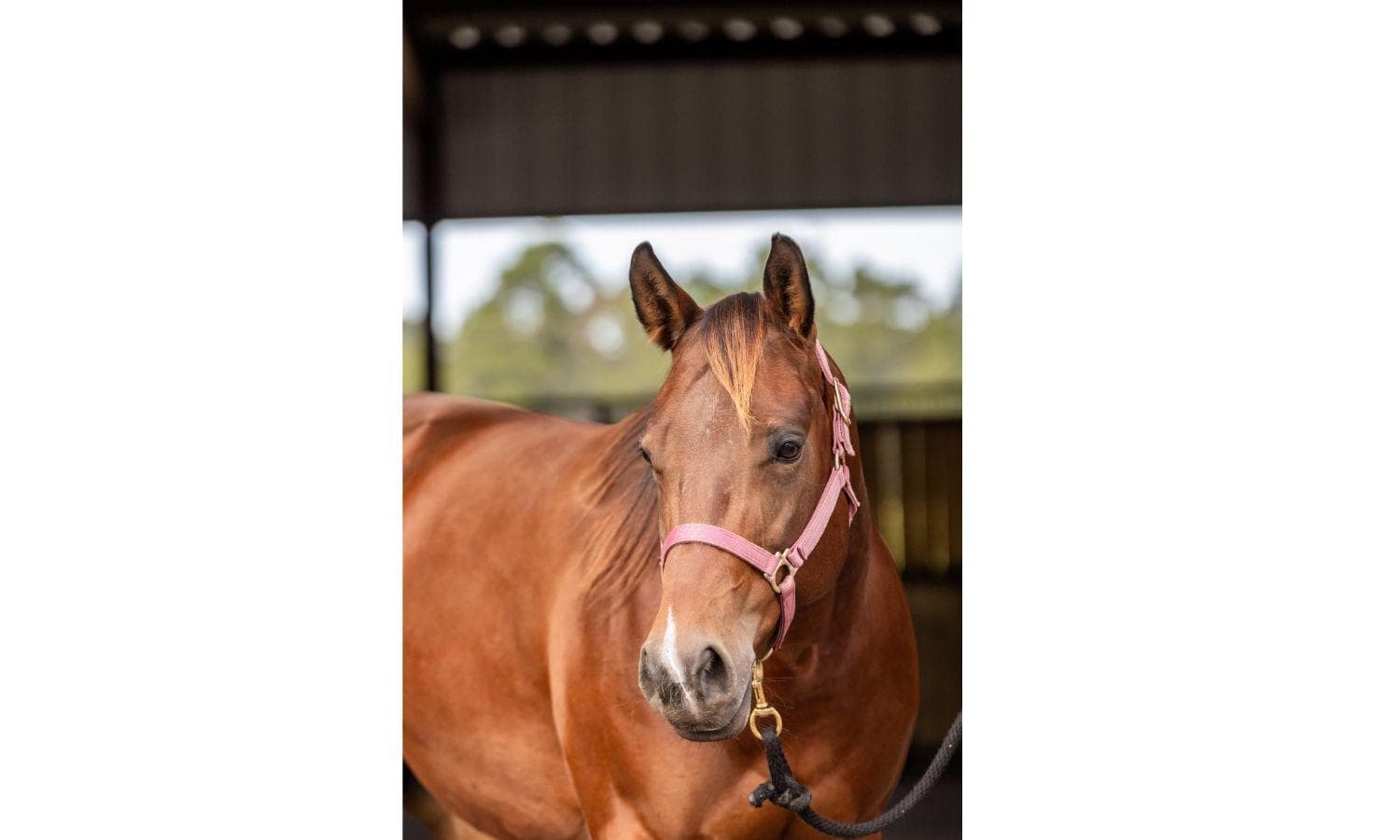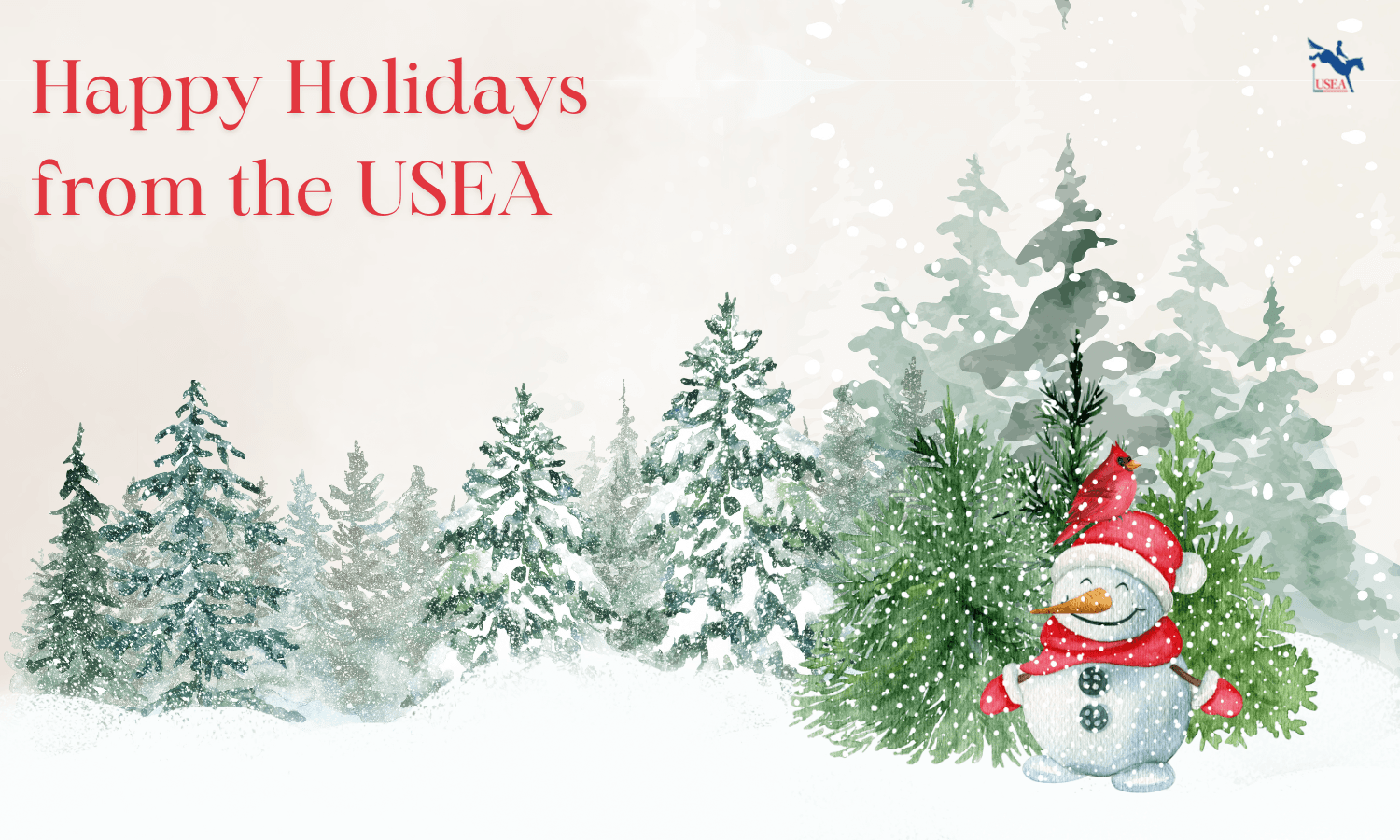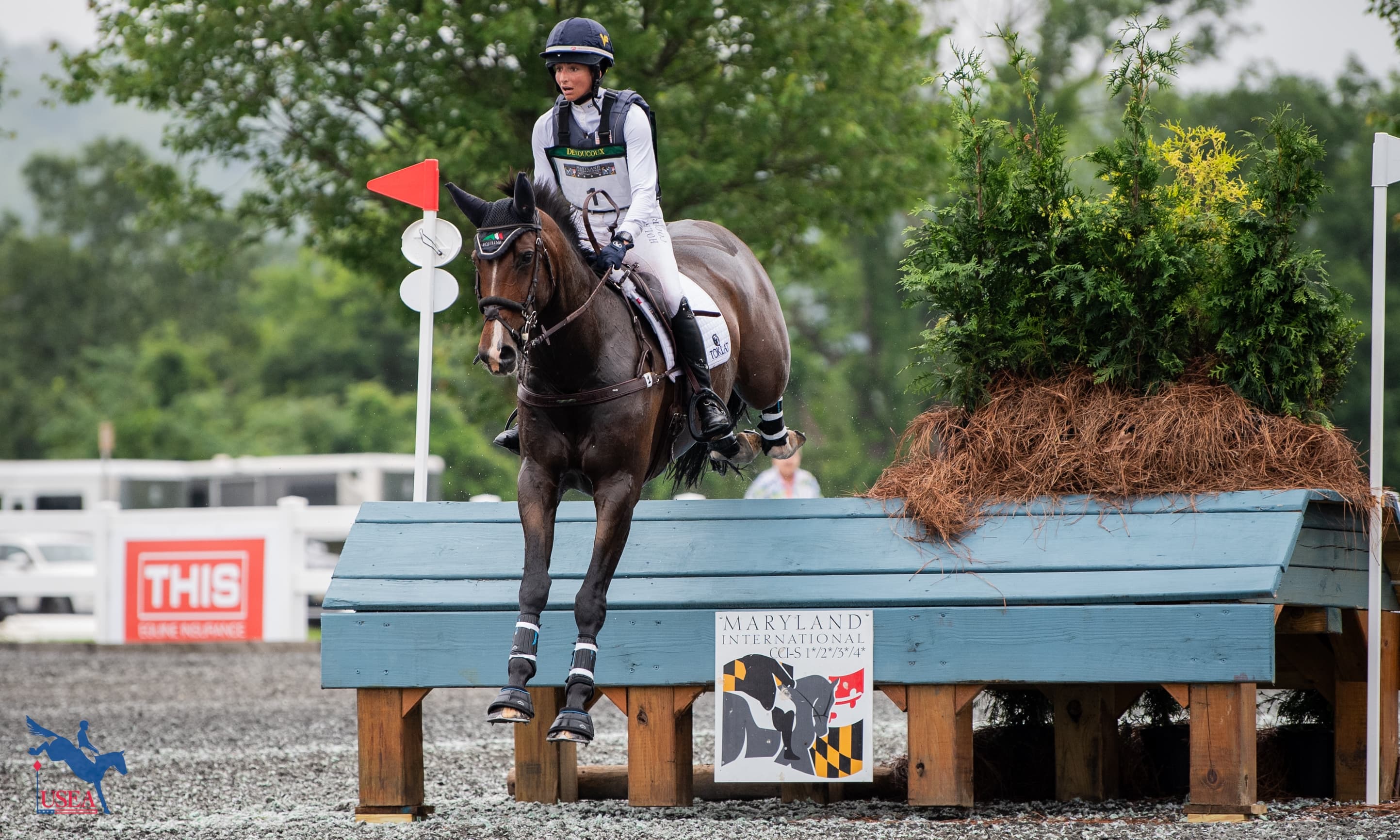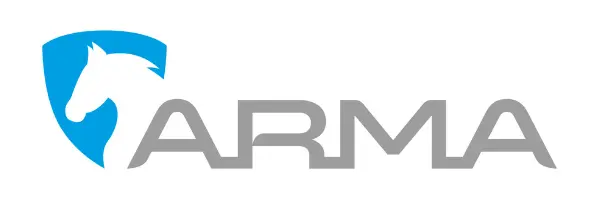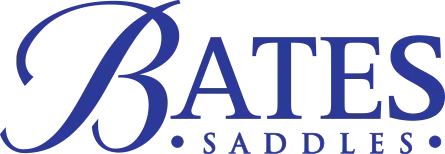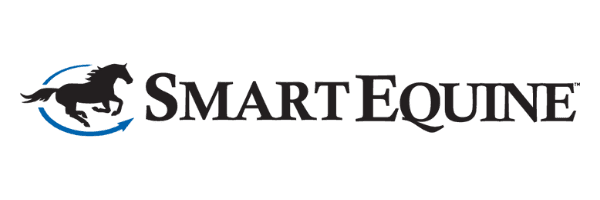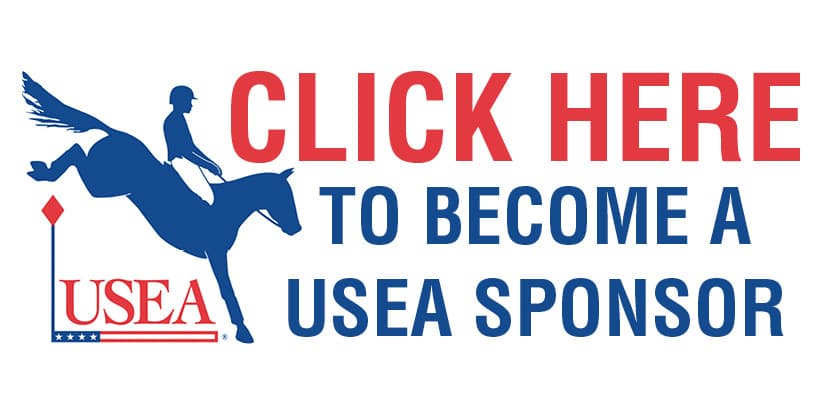Vet Student Audra Alland Enjoys the Immersion at the USEA Youth Mentorship Program
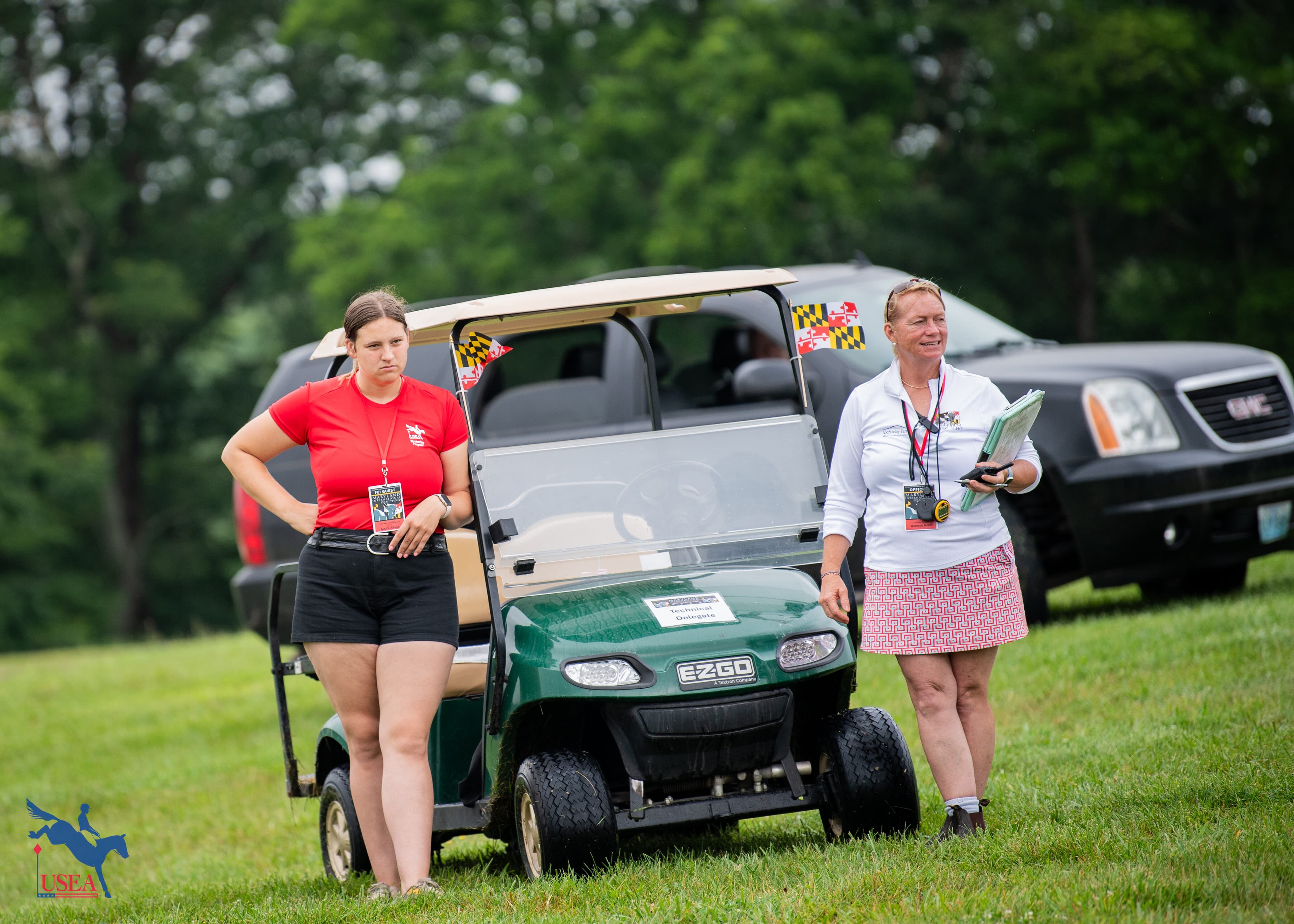
As a current veterinary student who grew up eventing, I was honored to participate in an immersive internship experience at the FEI North American Youth Championships at Loch Moy Farm in Adamstown, Maryland, this July.
Over the course of four days, I had the unique opportunity to observe the inner workings of a high-level event from multiple perspectives—technical delegates, ground jury, course designers, veterinarians, and stewards. This experience not only deepened my understanding of the sport but also offered invaluable insights into the collaboration, precision, and care that go into ensuring both the safety and fairness of competition at this level.
Day 1
The day began with a meeting with our mentorship group and coordinator, Holly Covey. After getting acquainted and reviewing the agenda for the weekend, we met with the event officials. We then walked the entire FEI cross-country course with the ground jury, TDs, and course designer Andrew Heffernan as they finalized the courses. Andrew emphasized how the addition of even a couple of flowers atop a jump can drastically change how a horse perceives its depth.
Next, we attended a “Lunch and Learn” session with the ground jury, where they discussed the dressage tests for Young Riders. The jury stressed the importance of executing transitions before the letters and maintaining fluidity throughout the test.
In the afternoon, I spent time at in-barns. As a current vet student, I was excited to learn about the “other side” of the in-barn experience, specifically what the veterinary delegate looks for in terms of soundness, as well as any rubs that need to be documented to confirm they existed before the competition. Dr. Debbie Williamson explained the various FEI forms the veterinary delegate needs to complete, depending on the situation.
The day concluded with the Young Rider Opening Ceremony, where I participated in the golf cart parade with Area V. We even won the golf cart decorating competition! The parade was followed by games filled with water balloons.
Day 2
Day two started by sitting in the judge’s box with Sara Miller-Leary for the four-star dressage tests. I was fascinated by the difference in perspective when judging from B instead of C. At B, you focus more on the outline, engagement, and consistency, since you can’t see the angle of the lateral movements. For the two-star, I sat with Peter Gray, who explained the importance of gradually building into the lengthening to avoid leaving the hocks behind and maintaining the proper balance so the horse can perform all the movements smoothly.
In the afternoon, we walked the show jumping course with the ground jury, TDs, and course designer, Chris Barnard. Chris explained his reasoning for setting certain distances, whether long or short, and why he chose specific types of jumps to challenge the riders. Afterward, we joined the young rider competitors for a cross-country course walk with Andrew. He had different competitors walk certain lines and explain their plan for tackling each challenge. He then shared his thoughts and answered any questions the riders had.
Day 3
Cross-country morning began with a buzz as I rode along with TD Rumsey Keefe. We started by ensuring that all the jump judges were correctly positioned on course and didn’t have any questions about the fences they were judging. Once the first horse was on course, we stationed the golf cart in a spot where we could observe a significant portion of the course, while the other TDs monitored different sections. The president of the ground jury was in the control box, with other jury members scattered along the course as well. I was surprised by how many officials were on course, keeping track of all the riders and communicating with each other to watch certain riders if they noticed any issues or concerns about the horse. Additionally, they could radio ahead to the vet box to have a closer look at any horse that might have hit a jump or appeared off.
In the afternoon I split my time between the vet box with Dr. Debbie Williamson and the treating vet on course, Dr. Chad Davis. In the vet box, each horse was checked to ensure they had pulled up soundly, had all their shoes, and showed no cuts or rubs that needed to be documented and treated. Many vets and volunteers were on hand to take TPRs (temperature, pulse, respiration) and help cool the horses down if requested. Dr. Davis, stationed out on course, observed the horses and riders as they tackled Andrew’s course, providing assistance whenever needed. He also attended to any rider falls, ensuring the horses were well cared for.
Day 4
The final day started early with the horse inspection. I stood and watched as each horse and rider combination was presented in front of the ground jury and Dr. Debbie Williamson to assess their fitness for the final phase of the competition. As each horse jogged, the jury reviewed the notes they had taken over the weekend, carefully recalling everything about each horse and what was considered normal for them.
Next, I spent some time with the FEI stewards in the show jumping warm-up area. They emphasized that their role is to assist the riders and encourage them to approach them for help. However, once the riders enter the field of play, the stewards' hands are tied, and it’s up to the ground jury.
Once show jumping began, I made my way up to the show jumping box to sit with the president of the ground jury, the show jumping scribe, the backup timer, the announcer, and the TD. Despite what seemed like a chaotic setup, everything ran like a well-oiled machine. The president of the ground jury called out penalties for each jump and timed the rounds, while the scribe entered the data into the online scoring system. The backup timer was there in case of discrepancies, and the TD monitored for any technical issues, stepping in to assist if needed. I was surprised by how many people it took to efficiently score the show jumping rounds.
Reflecting on my time at the championships, I am incredibly grateful for the mentorship and insight I received from so many dedicated professionals. Whether learning about veterinary protocols, course design strategy, or judging criteria, each moment offered valuable lessons that will stay with me. This experience not only reinforced my commitment to equine health and welfare, but also strengthened my desire to remain actively involved in the sport. It was a truly formative opportunity that broadened my perspective and affirmed my passion for supporting both horses and riders at the highest levels of competition.

